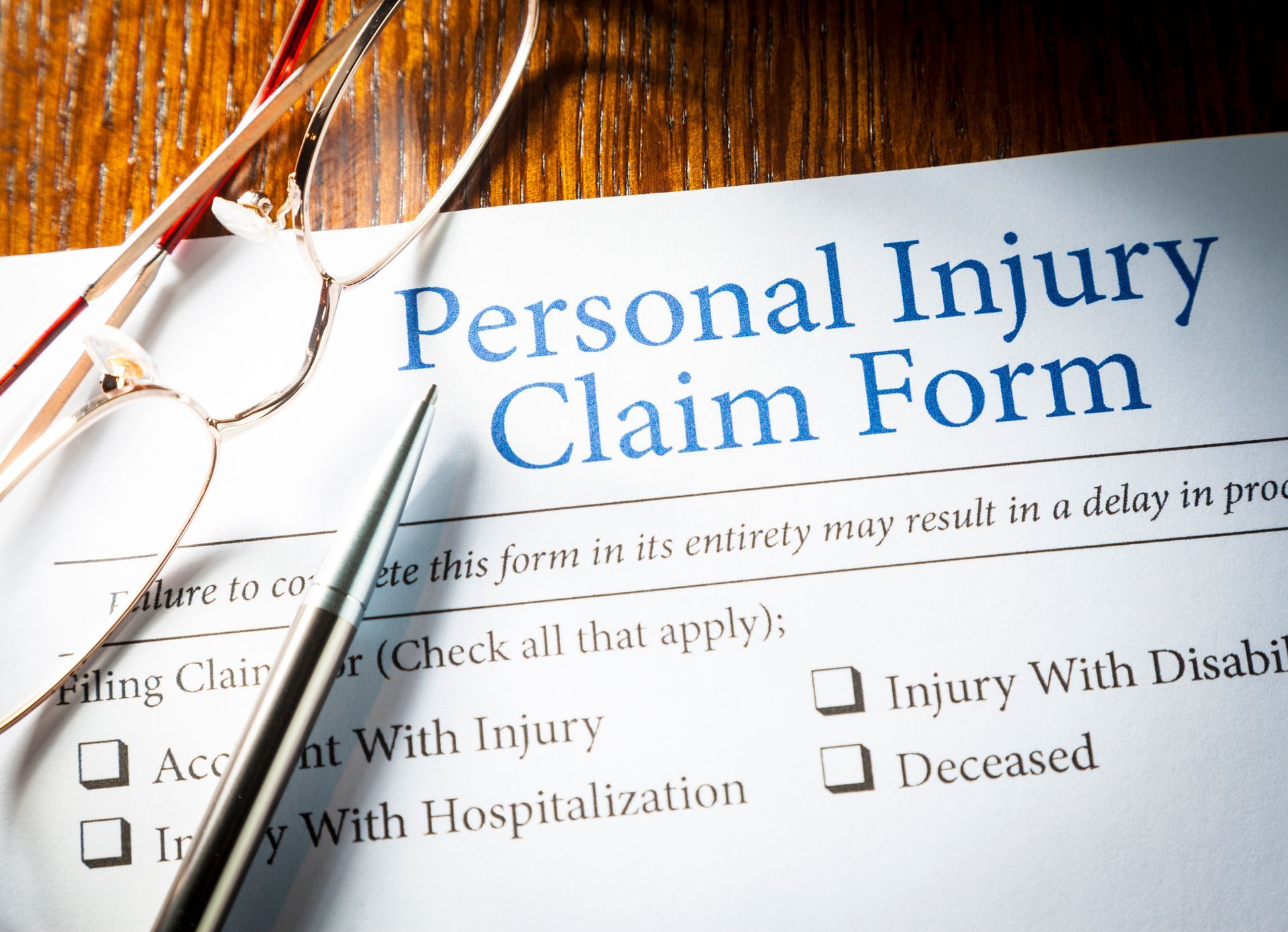Advice on Independent Medical Examinations
Worker’s compensation insurance carriers hire doctors from a list of doctors who advertise themselves to perform medical evaluations for insurance companies. IMEs are usually used in Worker’s Compensation Claims after your doctor recommends surgery. IME doctors will typically indicate your injury was not caused by your work injury, you recovered more quickly than your treating doctor thinks, or that your extent of permanency is less than the disability assigned by your doctor.
This tactic is often used to avoid the expense of surgical fees forcing health insurance or State plans to pay your medical bills so that the Worker’s Compensation Carrier can reap the benefits of reduction of your medical (replace with “bills”) obtained by your health insurance company. This is a deceitful tactic which is too often used regardless of the merits of your claim. The more significant affect upon you is the loss of weekly worker’s compensation benefits, decrease permanency payments and denial of medical coverage for your injuries.
Here are my Top 10 recommendations for you when preparing for your Adverse Medical Examination:
- The first recommendation is to seek an attorney who is willing to prepare you for an “IME” free of charge. While careful preparation for an “IME” can help preserve your benefits, the doctors who perform the “IME” are paid handsomely for their reports and want to have the recurring business which occurs when they save the insurance company money. The Kmiec Law Offices are willing to prepare you for an “IME” at no charge. We have tools such as videos specifically created for you to prepare for an “IME” and will personally discuss with you the best way to increase your chances of preserving you benefits.
- Injury Description: Please try your best to describe how you were injured consistently with previous descriptions of your injury. You may wish to obtain a copy of your injury report which was provided to your employer and initial reports of the injury to your medical providers. Please keep in mind that all your doctors need to know how your injury occurred, including aggravation of a pre-existing condition or the specifics of how your repeated work tasks culminated in your injury.
- IME doctors are trained to look for signs of exaggeration of pain. The worst thing you can do during an IME is to try to convince the IME doctor that you are significantly injured. More than likely, the doctor has already decided whether your claim can be denied on their review of your medical records. You will likely be asked to rate your level of pain during the IME with 0 being no pain and 10 being the worst pain you can imagine. I have seen unprepared clients say their pain level is a 20 out of a scale of 1-10. Such a statement will automatically cause an IME doctor to accuse you of exaggerating your symptoms. While disgusting, I tell my clients that the worse pain I can imagine is having my arm being cut off by a chain saw, perhaps due to too many horror movies watched when I was a young boy. The point being that even though your pain is very severe, it is likely not to the degree of a chain saw cutting off your arm. In fact, pain levels of 8-10, should infrequently be used to describe the pain except at the time of the injury or within days following a surgery. Exceptions exit for injured workers who develop pain syndromes such as Reflex Sympathetic Dystrophy (RSD) or Complex Regional Pain Syndrome (CRPS).
- False positive test results: IME doctors are trained to perform examination which are designed to have you say something hurts when the test is designed to not cause increased symptoms. Pushing down on the top of the head, rolling you from your back to your side, or having a ratcheting movement during a range of motion test are just a few examples. There are many tests which are designed to determine whether an injured worker is exaggerating or faking their injuries. However, even injured individuals who have no intent of exaggerating their injuries may succumb to these tests as IME doctors may do them abruptly making you think that you need to tell the doctor that the test caused increased symptoms at the risk of the doctor not finding that you are injured. This is a mistake. You need to be well in tune with your body and only report increased symptoms when you actually feel increased symptoms.
- False negative test results: IME doctors will attempt to get a non-response from you to further their conclusion that you are exaggerating your symptoms. The IME doctors frequently evaluate the injured body part and find a location which is quite painful. Then after doing so, the IME doctor will say they are evaluating a different body part and while evaluating the other non-painful area, the IME doctor will reach over and touch the area of your body that was extremely painful. I have reviewed hundreds of IME reports which indicate the when the patients knew the IME doctor was evaluating the injured body party, they lightly touched the skin and the patient nearly jumped off the table in pain, but when misdirecting the patient by evaluating a different body part and touched the previously painful area, the patient did not react at all. The IME doctor then concludes that the patient is obviously exaggerating their symptoms. With injured workers who have sciatica, I have learned that IME doctors will do a leg lift test which will frequently cause pain to shoot down the leg, but while doing the test, the doctor will misdirect the patient by pushing on a toe and ask if that hurts. As the doctor is misdirecting the patient to the toe, patients will frequently respond that it does not hurt and then the doctor will note a negative leg lift test. Therefore, if an IME doctor does anything which causes you increased symptoms, whether or not you believe the doctor is evaluating that area, you should let the IME doctor know it.
- Pain levels: The IME doctor will likely ask you about your pain levels on a bad day, a good day and on an average day. Keeping in mind the advise on very high pain levels above, you should consider your pain levels and try to keep them consistent with your reports to your doctors. Once again, you should try to keep these pain levels below an 8 unless you suffer from a pain syndrome such as RSD (Reflex Sympathetic Dystrophy) or Complex Regional Pain Syndrome (CRPS).
- Activities: the IME doctor may ask you which activities you can no longer perform and which ones cause increased symptoms. You should discuss these activities with your family and write a list so you can keep them in mind when you meet with the IME doctor. Please keep in mind the huge difference between activities that you can absolutely not perform and those that you can perform but dearly pay for after that activity. The Worker’s Compensation carrier may have hired private investigators who have taken videos of you. As cameras are very small, they can go anywhere and you would never know it. I had a client who went on a ride at Great America behind his son and his son’s friend and the private investigator sat immediately next to my client and took a video of him throughout the ride without my client knowing it until the time of the hearing. As surveillance is consider attorney work product of the defense attorney, I never am aware of the same until the time of the hearing. The point being, please recognize those activities you absolutely cannot perform and those which cause increased symptoms before you walk into the IME evaluation.
- Paperwork and Records: Many notices of an IME appointment will instruct you to being records, You have no obligation to bring such documents. The Worker’s Compensation Carrier should have provided all records, MRI scans, x-rays, etc., to the IME doctor. If the IME doctor does not have such records at the time of writing their report, it will typically decrease the credibility of the IME doctor’s report resulting in a better opportunity of wining your claim. While there have been occasions that I have advised clients to bring MRI DVDs because the injury is blatantly depicted, it is rare and you should discuss the same with an attorney before you do so. The reason is that most people start developing degeneration in there joints after age 35. Many IME doctors will rely on findings of degeneration to conclude that the symptoms are due to pre-existing condition instead of your work injury. If the doctor requests you to complete a health questionnaire, it is usually required to complete those types of forms. However, do not sign authorization for anyone to obtain additional records or submit to any testing such as x-rays, MRIs or blood draws.
- Pre-Existing Conditions & Other Accidents or Injuries: Just because you may have a pre-existing condition does not eliminate your worker’s compensation claim. The Worker’s Compensation Carrier is entitled to get your medical records without signed authorizations and will likely find records of a pre-existing condition. If such records exist, you need to come clean with the pre-existing condition so that your doctor can determine if your work injury aggravated the pre-existing condition beyond normal progression. Trying to cover up a pre-existing condition will adversely affect your ability to win your claim. If you had a pre-existing condition, the IME doctor will likely have any available records related to a pre-existing condition and will use it against you if you attempt to cover it up.
The IME doctor will likely ask you whether you have been involved in another injury accident such as motor vehicle accidents, other worker’s compensation injuries and trips and falls. As with pre-existing conditions, if you got medical treatment, it is likely that the doctor will ask you about such injuries. The best policy is to be honest about other accidents or injuries. If you are honest about such accidents or injuries, it is easier to minimize the effect of the same on your claim as compared to the IME doctor noting a dishonest response to such questions. - Recording the IME Evaluation or Having Another Person Present: You may record the examination as long as you are not obstructing the examination by recording it. You are also allowed to have one observer present with you who could be your spouse, partner, family member, friend or acquaintance.
KMIEC LAW OFFICES, S.C.
YOUR PERSONAL INJURY & WORKER’S COMP ATTORNEYS




